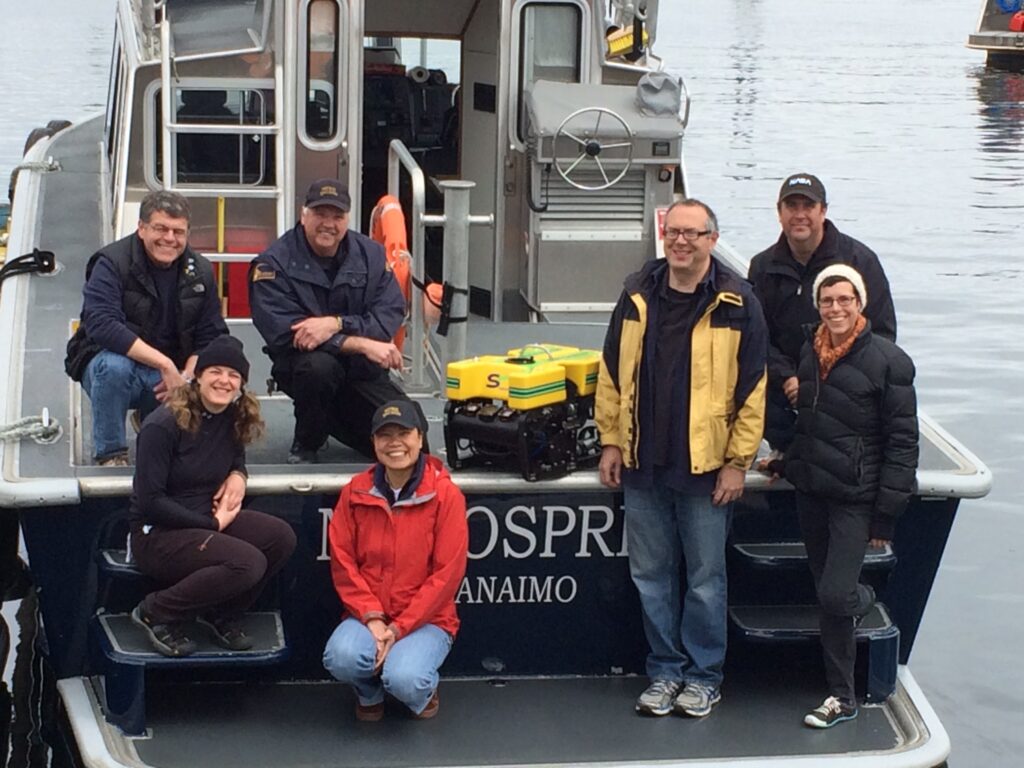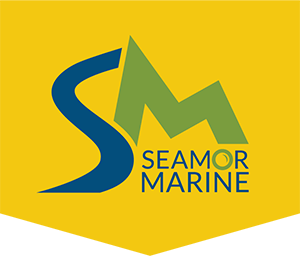
Introduction: Surveying Remote Canadian Regions
In a land so vast and wild as Canada, remote regions can quite often literally feel like scenes from a different planet. Surveying and operating in subaquatic environments such as exploring the lake and ocean channels presents a myriad of complexities. That are in many cases similar to the challenges of outer space. As with space exploration, reliability of equipment, economy when it comes to cost and weight, and operational ease of use are all essential factors to consider during the selection process when embarking on critical research operations.
As NASA oceanographer Dr. Gene Feldman once said, “We have better maps of the surface of Mars and the moon than we do of the bottom of the ocean.”. The same might be said of the naturally resource-rich and biodiverse inner regions of British Columbia. To which access has proven particularly challenging for both researchers and industry. For example, Quesnel Lake, east of Likely, BC, considered both the world’s deepest fjord lake and the deepest lake in BC with an impressive maximum depth of 511m (1,677 ft). Exploring and responsibly extracting resources from such regions is a daunting task. Although exploring the lake is exactly the type of challenge that NASA scientists are eager to embrace.
The Mission: Exploring the Lake
Researchers from NASA’s Ames Research Centre in Palo Alto, California, were tasked with studying the unique microbialites located in Pavilion Lake, BC. In an effort to more deeply understand the early development of bacterial life. Preparing us for potential bacterial life forms we might encounter on extraterrestrial planets. As the first phase of an operational readiness test for a larger scale research initiative. This mission presented researchers with a host of logistical and environmental challenges. Under the direction of project leader Darlene Lim, a NASA aquatics scientist, the team would conduct a robotic precursor mission to ensure the readiness of their equipment and instrumentation.
Due to the remote location, halfway between Lillooet and Cache Creek, it was necessary to ensure that the equipment could be manageably transported to the site and deployed by a small team. SEAMOR Marine’s Chinook ROV, known world-side for its reliability, was selected to assist divers in exploring the lake bottom and extracting samples. Deployable by one or two people, and small enough to fit in a pick-up truck bed or even a small aircraft such as a de Havilland Beaver. The Chinook’s compact design was a critical feature in determining its suitability for this mission.
Another priority for Dr. Lim and her team was not disturbing the microbialites they intended to study. Ancient stone structures created by mirco-organisms unique to the region which could be upwards of 2.5 billion years old. Using the modular thruster positioning options offered by SEAMOR Marine’s Chinook ROV, the pilots were able to reposition the six thrusters. The thrusters were orientated to minimize downward thrust that might churn up sediment, obstruct their visual data feed, or disrupt the microbialites themselves. Allowing researchers to collect the clearest imaging. The purest samples collected proved to be an invaluable asset during the successful readiness test conducted by the team.
Conclusion: Durable and Reliable ROV Equipment
As NASA, alongside government or industry partners, continues to expand their capacity to explore and discover the hidden secrets of our planets, equipment that is efficient, durable, and reliable will be essential for mission success. As proven by the operational readiness test conducted by Dr. Lim, the Chinook ROV is an optimally transportable, durable, and reliable ROV unit. SEAMOR Marine’s ROV is well poised to support further remote research here on earth, and perhaps one day on planets beyond our own.
In Dr. Lim’s own words: “Everything we do underwater, from the science, the actual act of doing the science to the precursor robotic mission, to the robotic assistant role of the SEAMOR ROV, has a very direct line of sight to human exploration in the future, whether that’s exploring the lake or if it’s on an asteroid or the moons of Mars or Mars itself.”
